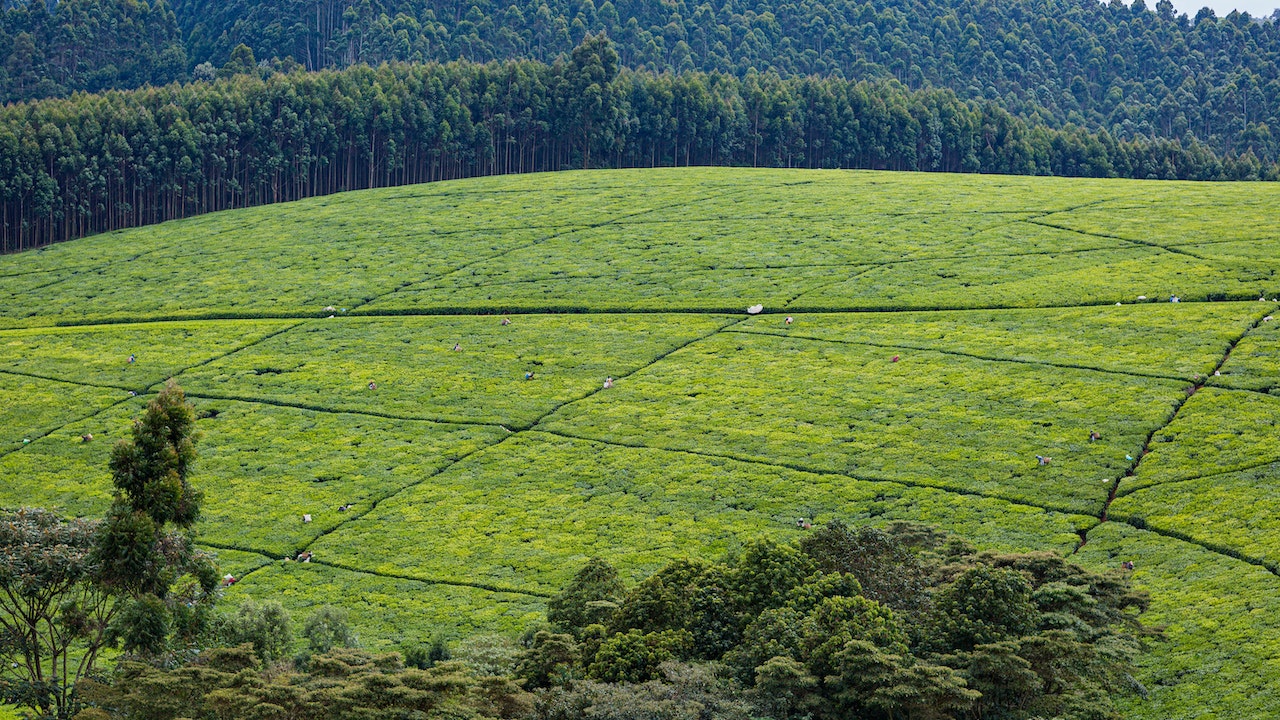Agroforestry: A Win-Win for Farmers, Forests, and the Planet
Agroforestry is a land-use practice that combines agriculture and forestry in a way that is environmentally sustainable and economically viable. By integrating trees and other woody perennials into farming systems, agroforestry can provide a range of benefits for farmers, forests, and the planet, including increased productivity and diversity, income and employment opportunities, and carbon sequestration and biodiversity conservation.

Agroforestry is a land-use practice that combines agriculture and forestry in a way that is environmentally sustainable and economically viable. By integrating trees and other woody perennials into farming systems, agroforestry can provide a range of benefits for farmers, forests, and the planet. In this blog post, we will explore the principles of agroforestry and the various ways in which it can contribute to sustainable development.
Agroforestry systems can take many forms, including alley cropping, where rows of trees are planted alongside crops; silvopasture, where livestock graze under the canopy of trees; and forest farming, where non-timber forest products are harvested from a managed forest. Regardless of the specific form, agroforestry systems have several key characteristics in common.
First, agroforestry systems are multifunctional, providing multiple benefits from a single land-use practice. For example, trees in an agroforestry system can provide shade and windbreaks for crops, improve soil fertility, and provide habitat for wildlife. In addition, agroforestry systems can provide economic benefits for farmers, such as the sale of timber, fruit, and other non-timber forest products.
Second, agroforestry systems are adaptable and resilient, enabling farmers to respond to changing conditions and challenges. For example, agroforestry systems can be designed to maximize the use of natural resources, such as water and sunlight, and to minimize the need for inputs such as fertilizers and pesticides. This can help farmers to reduce their environmental impact and to cope with the challenges of a changing climate.
Third, agroforestry systems are sustainable, providing long-term benefits for both farmers and the environment. By incorporating trees and other woody perennials into farming systems, agroforestry can help to sequester carbon, reduce greenhouse gas emissions, and protect soil and water resources. This can contribute to the long-term viability of farming systems and the health of the planet.
There are many ways in which agroforestry can contribute to sustainable development. For example, agroforestry can provide food security by increasing the productivity and diversity of farming systems. It can also contribute to social and economic development by providing income and employment opportunities for farmers and other members of the community. In addition, agroforestry can help to conserve biodiversity by providing habitat for a wide range of species and by promoting sustainable land-use practices.
Overall, agroforestry is a win-win for farmers, forests, and the planet. By combining agriculture and forestry in a sustainable and economically viable way, agroforestry can provide a range of benefits for both people and the environment. As we look towards the future, it will be important to support and promote the development of agroforestry systems as a key component of sustainable land-use practices.
ALSO READ
Australia Contributes AUD 13M to UNDP’s Core Resources for 2024, Strengthening Sustainable Development Efforts
Lok Sabha Speaker Calls for Sustainable Development to Combat Climate Change
World Bank Unveils 7th CEMAC Economic Barometer; Call for Diversification, Sustainable Forestry, and Economic Resilience
UK Contributes GBP 11M to UNDP for 2024 to Boost Global Sustainable Development Efforts
UN chief 'alarmed' about worsening food security in Sudan










